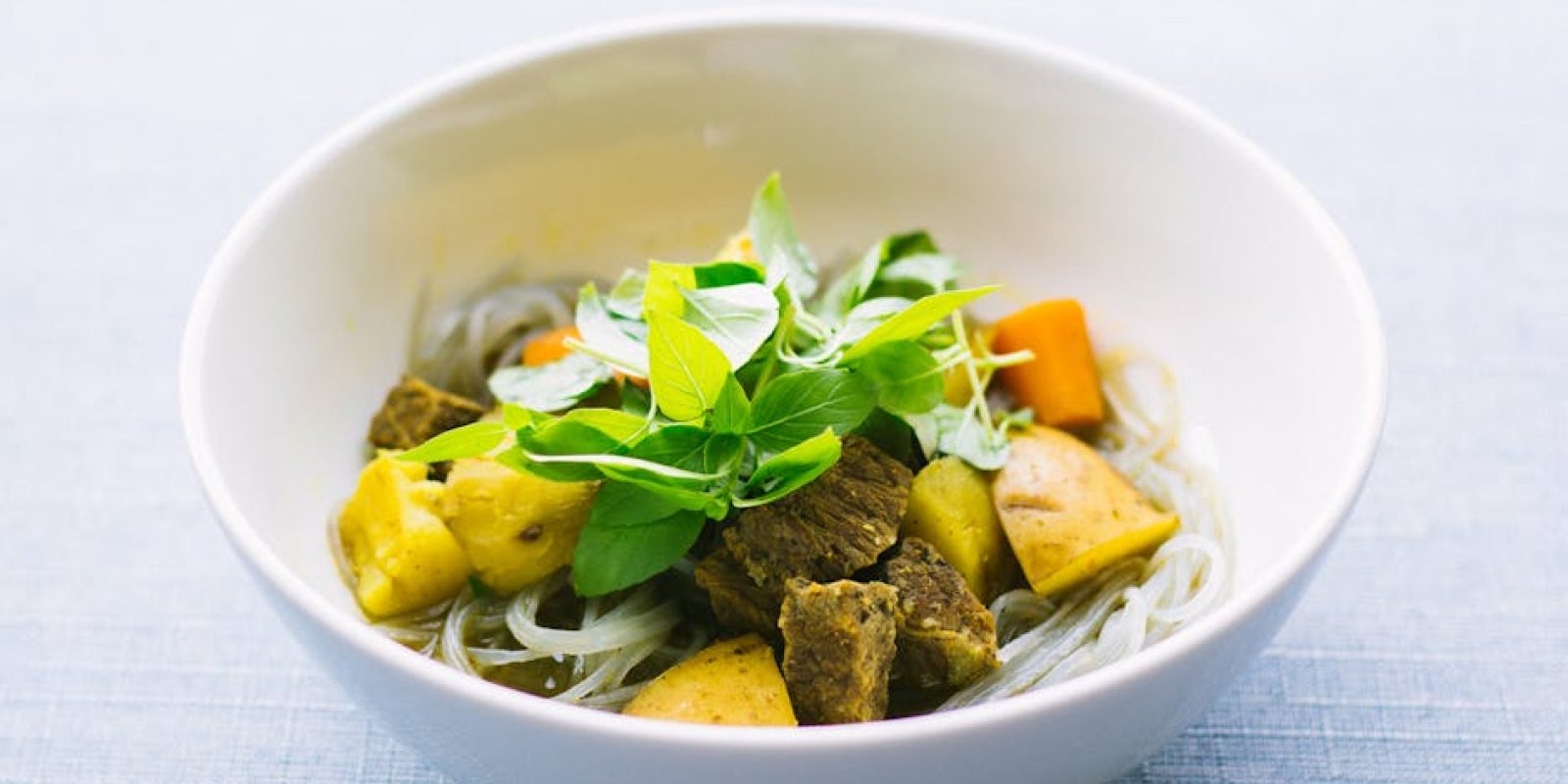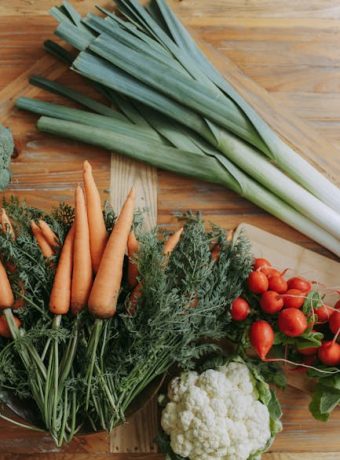Healthy Food in Vietnamese Cuisine: Light and Healthy Pho
Vietnamese cuisine is renowned for its vibrant flavors, fresh ingredients, and health benefits. Among the various dishes that have captured the hearts (and taste buds) of food lovers around the world, Pho stands out as a beloved staple. Let’s dive into the world of Pho and discover how this delightful dish can be both light and healthy!
Table of Contents
1. What is Pho? 🌿
2. The Health Benefits of Pho 🍜
3. How to Make a Healthier Pho at Home 🏠
4. Conclusion: Embrace the Comfort of Healthy Pho ❤️
5. FAQ Section 🤔
What is Pho? 🌿
Pho (pronounced ‘fuh’) is a traditional Vietnamese soup consisting of broth, rice noodles, herbs, and meat, typically beef or chicken. This comforting dish has a rich history, originating in Northern Vietnam during the early 20th century. Over the years, it has evolved and spread across the globe, becoming a go-to meal for many.
The Health Benefits of Pho 🍜
Pho isn’t just delicious; it’s packed with health benefits too! Here’s why Pho is a nutritious choice:
1. Broth-Based Goodness
The clear, aromatic broth is simmered for hours with bones and spices, creating a nutrient-rich base that’s low in calories yet full of flavor. Bone broth is known for its collagen, which supports joint health and skin elasticity.
2. Fresh Ingredients
Pho is typically garnished with fresh herbs like cilantro and basil, along with bean sprouts and lime, which add essential vitamins and minerals. These fresh toppings not only enhance the flavor but also boost the nutritional profile.
3. Balanced Macronutrients
With a balance of carbohydrates from rice noodles, protein from meat, and a plethora of vitamins from veggies and herbs, Pho offers a well-rounded meal. It’s filling, yet light, making it ideal for those mindful of their diet.
How to Make a Healthier Pho at Home 🏠
Want to enjoy Pho’s health benefits at home? Here are some tips to make your homemade Pho even healthier:
1. Choose Lean Proteins
Opt for lean cuts of beef or skinless chicken to reduce fat content. You can also experiment with tofu or shrimp for a lighter alternative.
2. Load Up on Vegetables
Don’t be shy with the veggies! Adding extra greens like spinach, bok choy, or broccoli not only enhances nutrition but also adds texture and flavor.
3. Control Sodium Levels
Store-bought broths can be high in sodium, so consider making your own broth or choose low-sodium options. This way, you maintain control over your salt intake.
4. Spice it Up! 🌶️
Enhance your Pho with a dash of spice! Chili peppers or sriracha add a kick without adding significant calories. Plus, spicy foods can boost metabolism.
Conclusion: Embrace the Comfort of Healthy Pho ❤️
Pho is more than just a meal; it’s a comforting experience that nourishes both body and soul. Whether you’re a seasoned Pho enthusiast or a curious newcomer, embracing its healthy potential can be both delicious and rewarding. So, next time you’re looking for a comforting dish, remember that Pho is a light, healthy choice that’s easy to love.
FAQ Section 🤔
Q1: Is Pho gluten-free?
A: Traditional Pho is made with rice noodles, which are naturally gluten-free. However, always check the ingredients, especially when dining out, to ensure no gluten-containing additives are used.
Q2: Can Pho be made vegetarian?
A: Absolutely! You can easily make vegetarian Pho by using vegetable broth and adding tofu or mushrooms instead of meat.
Q3: How can I reduce the sodium in my Pho?
A: To reduce sodium, make your own broth at home or opt for low-sodium store-bought options. Avoid adding extra salt and use herbs and spices to enhance flavor instead.
Q4: What are some common herbs used in Pho?
A: Common herbs include cilantro, basil, and mint. These not only add flavor but also offer additional health benefits.
Q5: Is Pho suitable for a weight loss diet?
A: Yes, Pho can be part of a weight loss diet. It’s low in calories and high in nutrients, especially if you choose lean proteins and load up on vegetables.



